The Surrealist World of Rosalind Gersten Jacobs & Melvin Jacobs
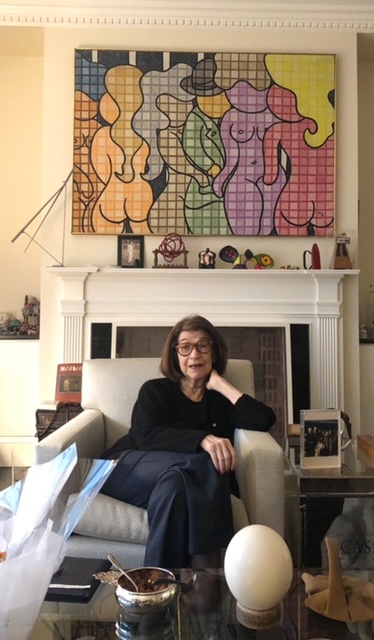
As the The Surrealist World of Rosalind Gersten Jacobs & Melvin Jacobs comes to auction at Christie’s New York on May 14th, much has been written about the artist Man Ray and his work, Le Violon d’Ingres (1924), a photograph of his muse and mistress, Kiki de Montparnasse (née Alice Prin), wearing a turban, with two f-holes burned on to her back like a violin, now estimated to sell for a remarkable $5-7 million. However, we were actually the last to interview Mrs. Jacobs, just before her death, pre-pandemic in October 2019.
We visited Roz Jacobs at her Park Avenue apartment and had the opportunity to view this iconic work which graced the wall of her simple, yet extraordinary living room, and served as a constant reminder of Jacobs’ long and loving friendship with Man Ray.
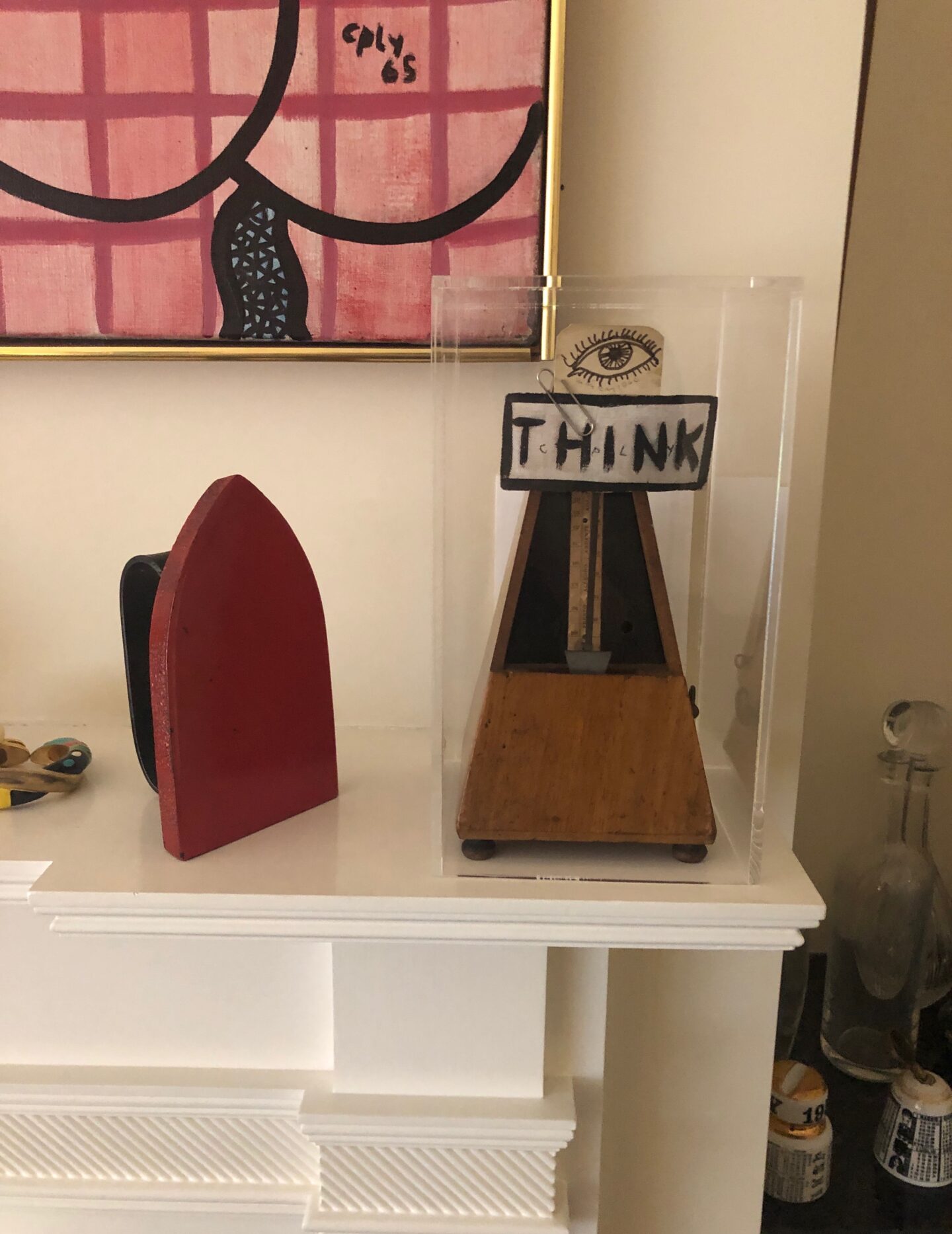
We had been invited to visit Mrs. Jacobs – then 94, by a friend, Judy Price – the former editor of Avenue magazine, to discuss the fashion photography of Man Ray. Jacobs had been in fashion herself, as the Fashion Director of Macy’s department stores, and it was on her first of many buying trips to Paris that she met Man Ray.
In 1954, Jacobs and her husband Mel Jacobs – who rose through the ranks of retail department stores from the basement of Bloomingdale’s to Co-Chairman of Federated Department Stores (which owns Macy’s) and finally Chairman & CEO of Saks Fifth Avenue, were invited to a dinner party hosted by the Surrealist gallerist, art patron, and artist, William Copley, and his then wife Noma. The two were visiting New York from Paris. The Copleys suggested Jacobs call them when she came to Paris. When she did, Jacobs overheard Copley turn to his wife and say, “Noma, it’s that pretty girl! Let’s invite her to dinner, Man Ray loves pretty girls!”
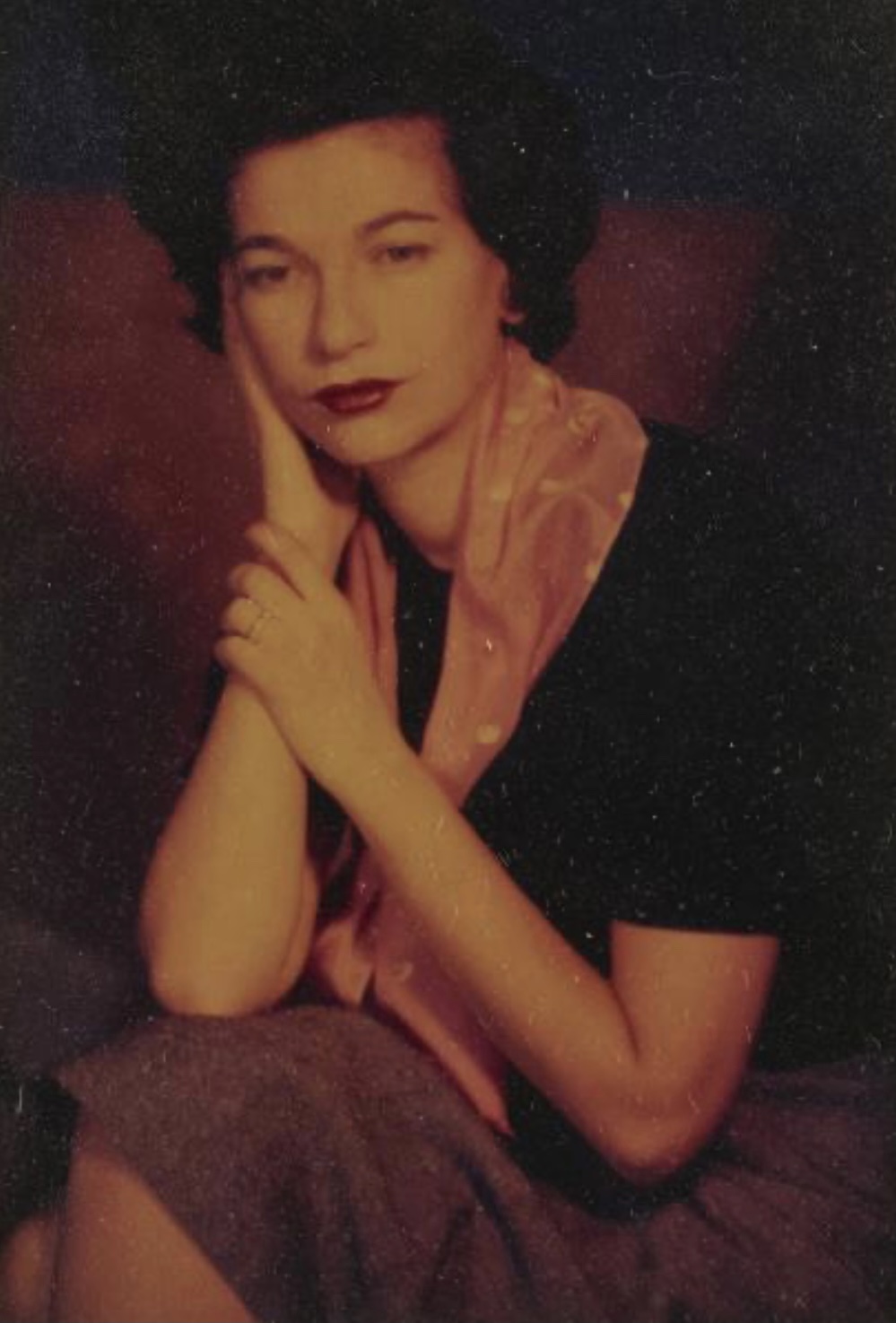
During the 1950s and 1960s, the Copleys lived in Longpont, just outside of Paris, where they had the opportunity to get to know many of the emerging artists of the day. Jacobs got to meet them all. A photo on a side table of the living room shows her with Man Ray, Max Ernst and Dorothea Tanning. Jacobs noted how fortunate she was that the Surrealists accepted her into their group. She didn’t know why, but she supposed it was because she was “pretty.”
Jacobs was photographed by Man Ray numerous times and it was a thrill to spend time with someone who had actually sat in front of his lens. She said she would like to be remembered as “his friend” and was very humbled by the artist group who were all “very warm” towards her. While it could be said that Jacobs was also one of the artist’s muses, this sale may prove to show she was so much more…a champion of the Surrealist movement.
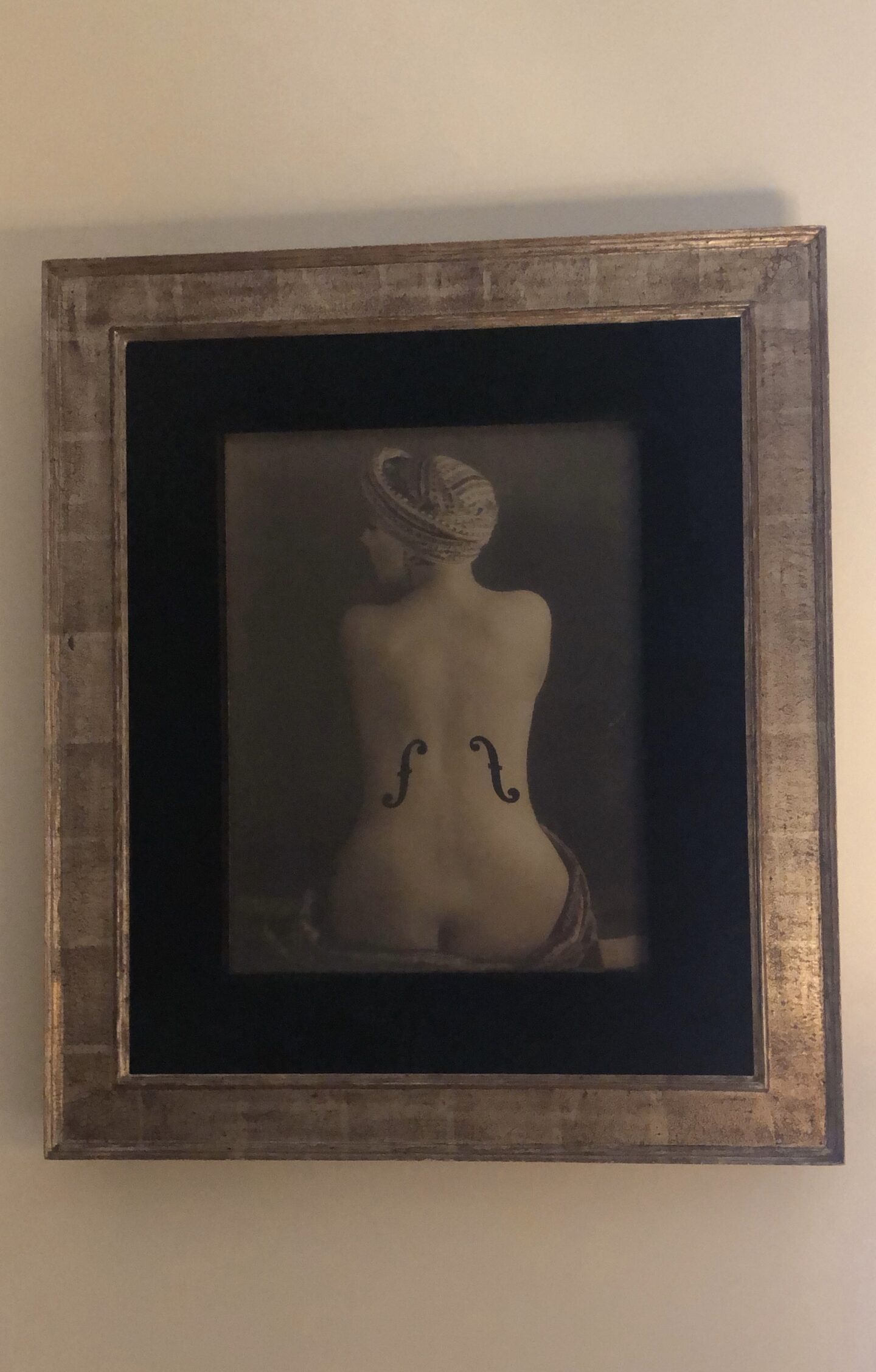
Jacobs first spotted Le Violon d’Ingres when Man Ray invited her to view a retrospective of his work—including a portrait he had taken of her, at the Bibliothèque Nationale in Paris in 1962. While flattered by the artist’s picture of her, she was more interested in Le Violon d’Ingres, which she immediately acquired from him.
Inspired by Jean-Auguste-Dominique Ingres’ neo-classical painting, La Grande Baigneuse —or The Bather of Valpincon, using templates to burn the two f-holes into her back during the printing process, May Ray symbolized the bather as a musical instrument. Ingres was known to play the violin as a hobby, just as Man Ray considered his photography a hobby. The photograph is a Surrealist pun: the female, with erotic implication, as a musical instrument, and the violin as a reference to Ingres’ hobby. Man Ray plays with the idea of the objectification of an inanimate body, as he did throughout his career, juxtaposing an object to a female body. It has been said that Le Violon d’Ingres illustrates the cellist holding his instrument, like a woman, between his legs. “Perhaps he is playing her,” Jacobs joked.
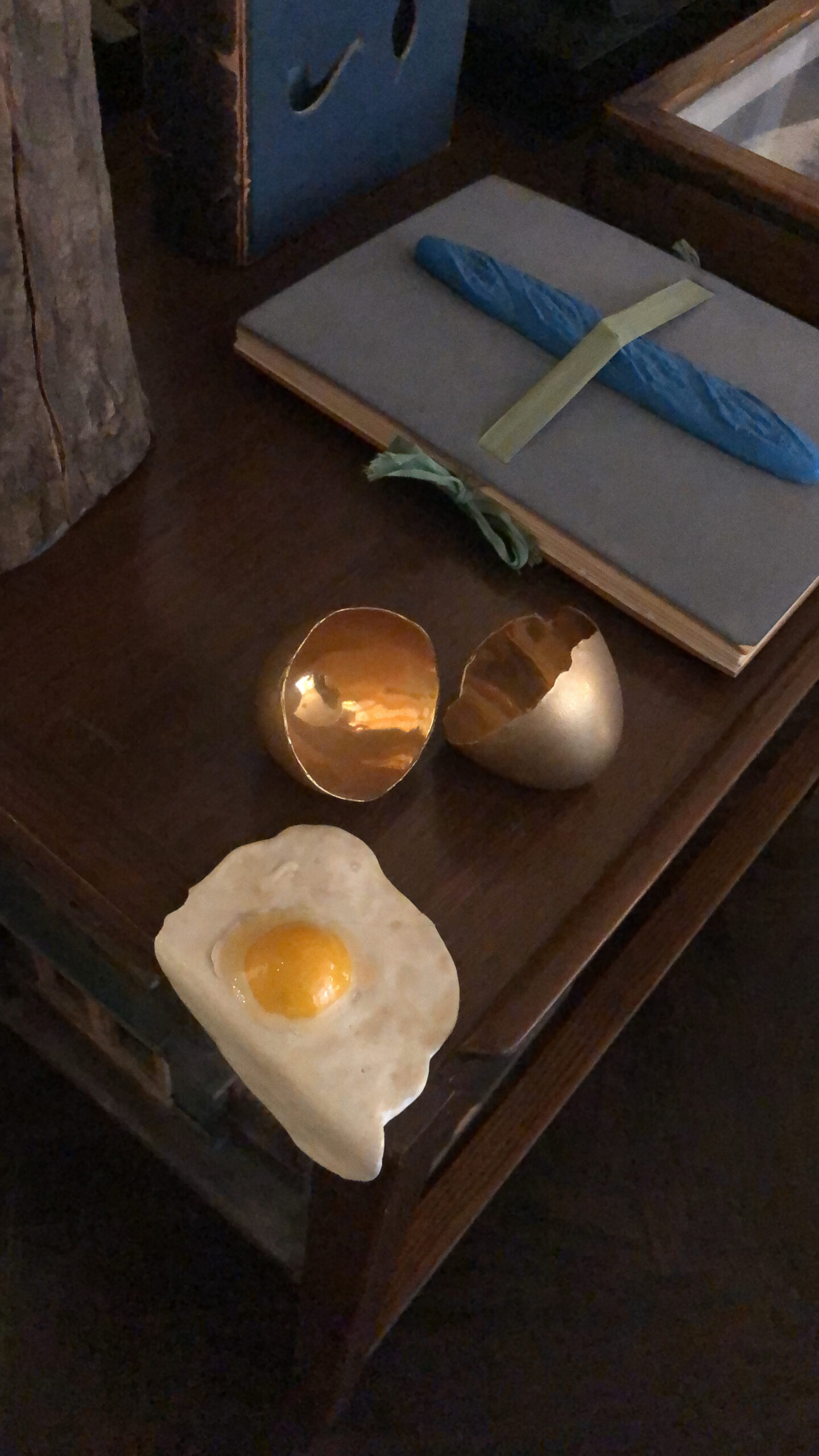
The Jacobs’ collection includes more than twenty other works by Man Ray, including Red Hot Iron, a combine he spontaneously made for Jacobs after a walk around the Left Bank one day where he “bought a bunch of flat irons to take home and make into art,” she said.
The couple’s interest in collecting began when The Copleys generously gave Jacobs their René Magritte gouache, Eloge de la dialectique, as a birthday present in 1955. Jacobs said she and her husband didn’t even know what Surrealism was, but she was just in love with it. From that moment, the Jacobs became deeply involved in the Dada and Surrealist circles, befriending and championing artists, including Man Ray, René Magritte, Marcel Duchamp, Max Ernst, Dorothea Tanning and Lee Miller for years to come.
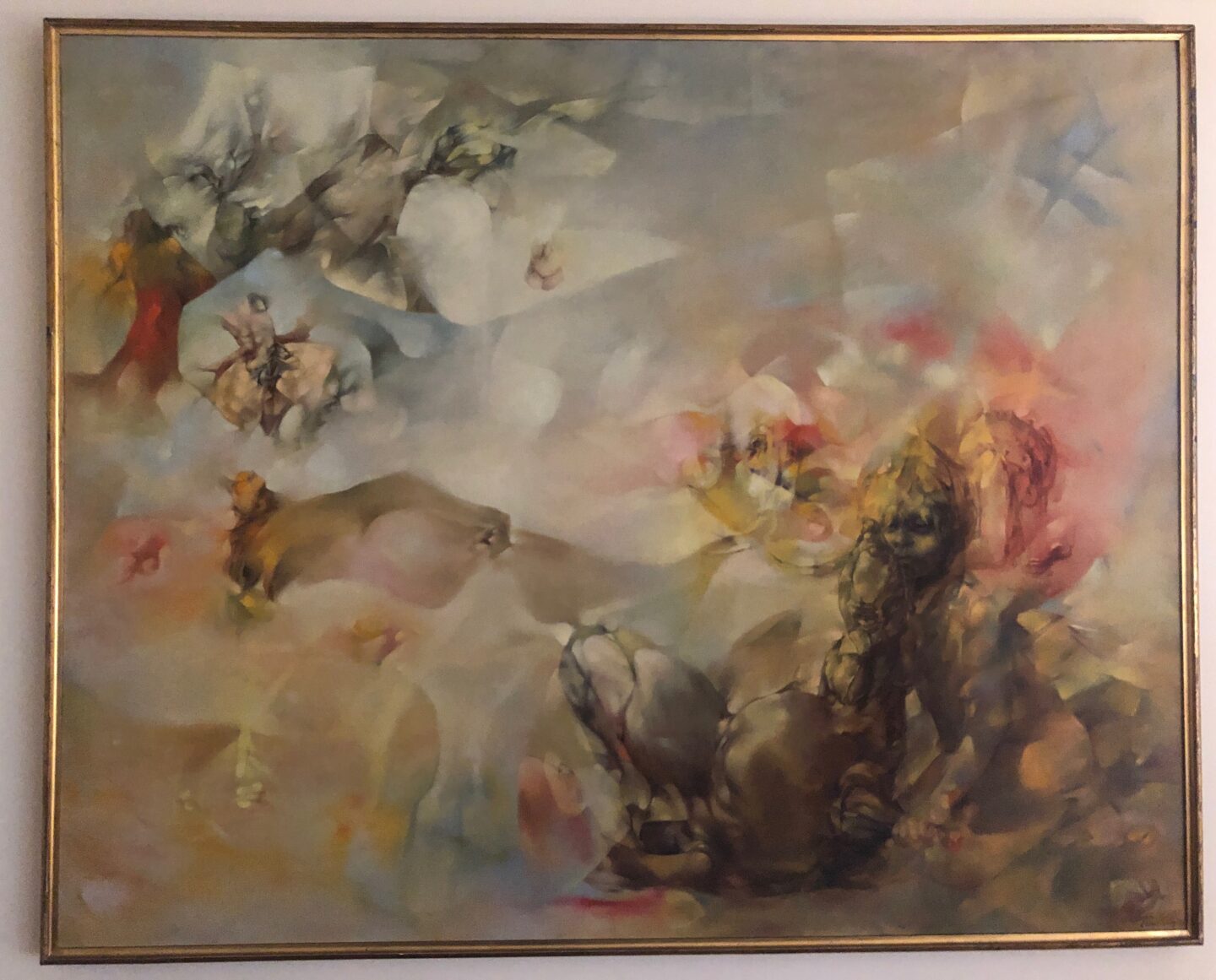
In a 1936 letter to his sister, Elsie, Man Ray wrote: “I hate photography, and want to do only what is absolutely necessary to keep going, and produce something that interests me personally… I have painted all these years…but these one-track minded Americans have now put me down as a photographer…do you wonder that I stay in Europe?” Perhaps it was this contempt for photography—combined with his background as a painter, sculptor, and Dada-ist—that enabled Many Ray to use photography as a launching pad for expression, invention, and transformation in other mediums, as well. Jacobs said, “Man went to Paris for the freedom of expression and to be accepted, and ended up staying.” So glad he did!
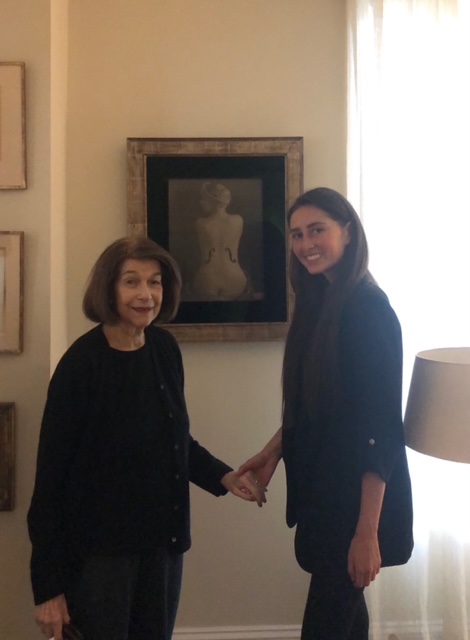
The Surrealist World of Rosalind Gersten Jacobs & Melvin Jacobs will offer approximately 200 works to be sold in a single-owner live auction at Christie’s in New York, with a dedicated online sale running concurrently at Christies.com.

